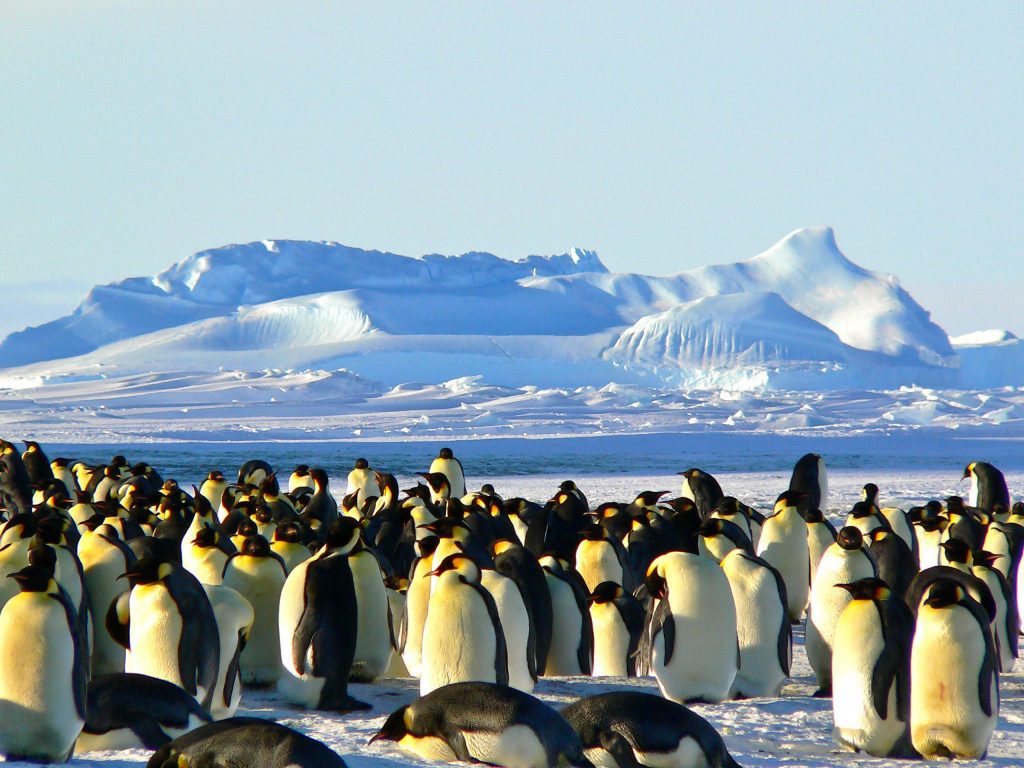By SWNS Staff
The average person thinks the planet loses 101 species a year to extinction when in actuality the real number is at least 100 times that amount.
A survey of 2,000 respondents examined the common misconceptions people have about the shrinking natural world and found nearly two in three (64%) incorrectly assumed it’s more concerning when an animal goes extinct than a plant or insect.
Respondents did have strong opinions on what it would take to save endangered species from disappearing from Earth forever. Fifty-six percent want “green solutions” to the negative effects of agricultural work.
One in two (49%) think conservation works need to become laws so key habitats are protected while others (43%) think the law should go even further with penalizations for companies who pollute.
The survey conducted by OnePoll on behalf of OPPO’s Find X3 Pro showed that while respondents may have ideas on how to save some majestic species, they don’t always recognize them on sight.
The survey showed a series of photos of animals in the survey and asked the respondents what that animal was. Interestingly, only one in two correctly identified a Cheetah (with nearly one in 10 (8%) misidentifying the speedy savannah cat as a “spotted lion.”)
The cheetah wasn’t the only creature to confuse respondents when asked to identify it. One in four (23%) referred to a photo of Red Panda as a “Himalayan Racoon.” Only one in three (35%) were able to correctly name the furry bamboo eater.
Some respondents didn’t even know if some species really existed. When asked if the very real Tasmanian Devil was fictional or not, the majority of respondents confessed that they didn’t know or thought the creature was fake.
The same result occurred when respondents were asked about the bright and spotted Panamanian Golden Frog. Most didn’t know if it was real or incorrectly assumed it was fictional.
Even though respondents may not recognize these endangered species by sight or name, 68% remain hopeful they’ll be able to see them in their natural habitats one day.
With so many natural wonders disappearing around the world, 64% are worried they’ll miss their chance. Sixty-one percent agonized that certain vivid colors will no longer exist if the species that produce them go extinct.
One in two (52%) named yellow as one of the most vibrant colors in nature with green coming in just behind with 50%.
Have you ever whipped out your phone to take a photo of an unbelievable sunset only to look at it later and be thoroughly unimpressed?
Respondents may attempt to capture the beauty of the natural world but it rarely goes according to plan since 61% confessed they’re “terrible” nature photographers.
The average person will delete 12 vacation photos due to poor quality and say “it looked better in person” as they share photos from a holiday.
Almost two in five (39%) blamed their own lack of skill for a poor photo and half (51%) said it’s their own fault for using a smartphone instead of an actual camera.
ANIMALS RESPONDENTS THOUGHT WEREN’T REAL
Three-banded armadillo
Fictional: 39%
Real: 46%
Didn’t know: 15%
Pygmy Slow Loris
Fictional: 39%
Real: 39%
Didn’t know: 22%
Purple Banded Lizard
Fictional: 39%
Real: 39%
Didn’t know: 22%
Red Panda
Fictional: 39%
Real: 43%
Didn’t know: 17%
Panamanian Golden Frog
Fictional: 37%
Real: 38%
Didn’t know: 26%
Frilled-Neck Lizard
Fictional: 35%
Real: 41%
Didn’t know: 23%
Tasmanian Devil
Fictional: 40%
Real: 43%
Didn’t know: 18%
Thick-Billed Parrot
Fictional: 35%
Real: 44%
Didn’t know: 21%
Blue-Footed Booby
Fictional: 35%
Real: 44%
Didn’t know: 21%
Golden Lion Tamarin
Fictional: 34%
Real: 42%
Didn’t know: 24%
